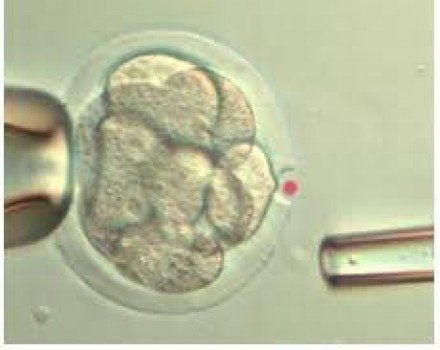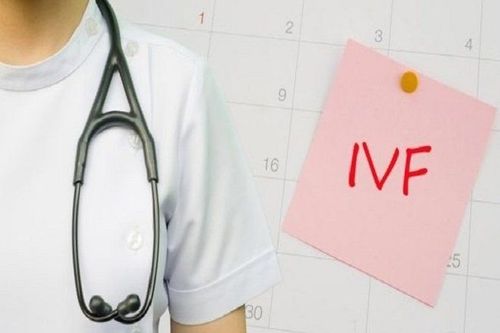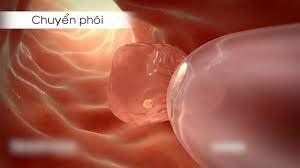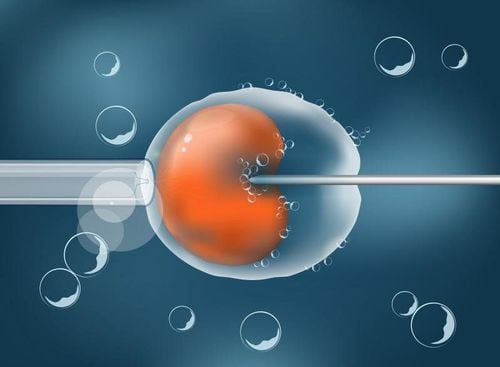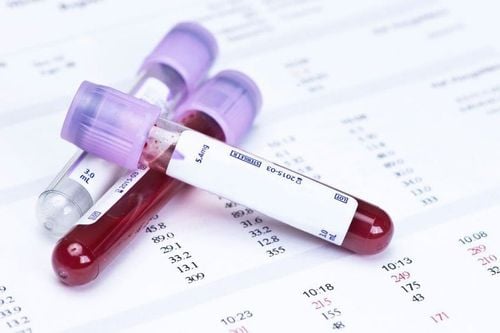This is an automatically translated article.
The article was written by Doctor Huynh Vu Khanh Linh - Department of Obstetrics and Gynecology - Vinmec Phu Quoc International General HospitalDeciding on infertility treatment is not an easy one. Before starting treatment you need to consider quite a few factors. Below are techniques to treat infertility.
1. IUI: Injecting sperm into the uterus
Is a method of using a small catheter, inside which contains washed, selected sperm, passed through the cervix and injected directly into the woman's uterus when the egg has matured, in order to create conditions for Egg and sperm meet to fertilize. The procedure is very quick (about 2-5 minutes) and is usually painless for the patient.
2. IVF: In vitro fertilization
In vitro fertilization (IVF) is the process of fertilizing eggs and sperm outside a woman's uterus. The fertilized egg (embryo) is transferred into the woman's uterus about 2-3 days later.
In classical IVF, eggs are mixed with thousands of sperm in a special dish and then placed in a special incubator that simulates natural conditions. Fertilization takes place under laboratory conditions.
After ensuring fertilization, the embryo is transferred into the woman's uterus using a special embryo transfer catheter.
ICSI is an acronym from the English term for Intra-Cytoplasmic Sperm Injection. This is a sophisticated technique that helps in fertilization between an egg and a sperm.
3. Support embryo escape membrane
Herniation usually occurs on the 5th or 6th day, when the embryo is already in the uterus and in the blastocyst stage. The embryo gradually emerges from the transparent membrane by exiting through a small opening and attaches to the lining of the uterus. Complete herniation is when the embryo comes out of the transparent membrane, usually on the 6th or 7th day.
In the past, a commonly performed technique to assist the embryo to escape the membrane was to perforate the Zona membrane. with Tyrod acid solution. This technique helps to increase the implantation rate of the fetus.
However, it has many limitations, including the risk of cell damage underneath the Zona membrane, premature herniation, strict implementation time, and depends on the skill of the operator.
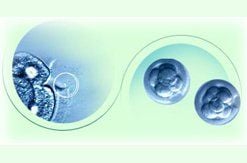
Hỗ trợ phôi thoát màng đòi hỏi thời gian và quy trình thực hiện nghiêm ngặt
4. Embryo transfer
Embryo transfer takes place after eggs have been collected and fertilized in a laboratory. From one to three days 2, 3 of the best quality embryos are selected and then transferred to the woman's uterus. Embryo transfer can be done during an ovarian stimulation cycle (fresh embryo transfer) or during a thawing cycle (storage embryo transfer).
Currently, in some centers, people still conduct embryo transfer on day 5. After the embryo is transferred to the uterine cavity, to be called successful, the embryo must be implanted in the uterine cavity and develop into a fetus. until the date of birth.
Vinmec Fertility Support Center is built and applies a treatment process that combines comprehensive examination, combining both obstetrics and gynecology and male medicine, giving the optimal plan for each specific case. The center gathers a team of leading experts in the field of obstetrics and gynecology domestically and internationally, trained in the US, Singapore, Australia, Japan,... With high expertise and long experience, a team of specialists Vinmec's experts can synchronously deploy the most advanced assisted reproductive techniques to patients, helping to realize the dream of parenthood of infertile couples.
Please dial HOTLINE for more information or register for an appointment HERE. Download MyVinmec app to make appointments faster and to manage your bookings easily.




